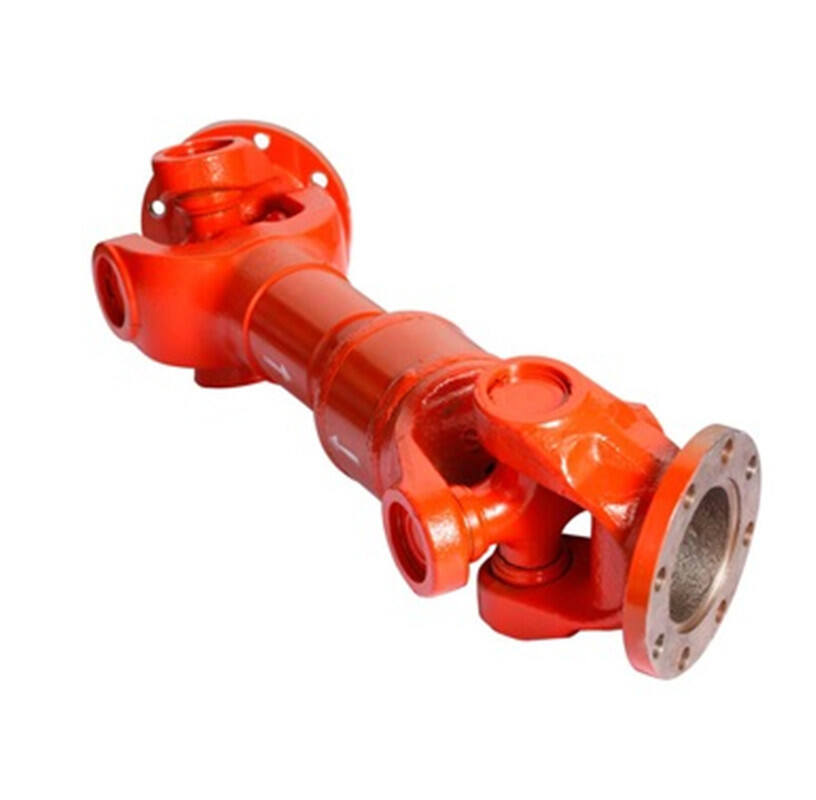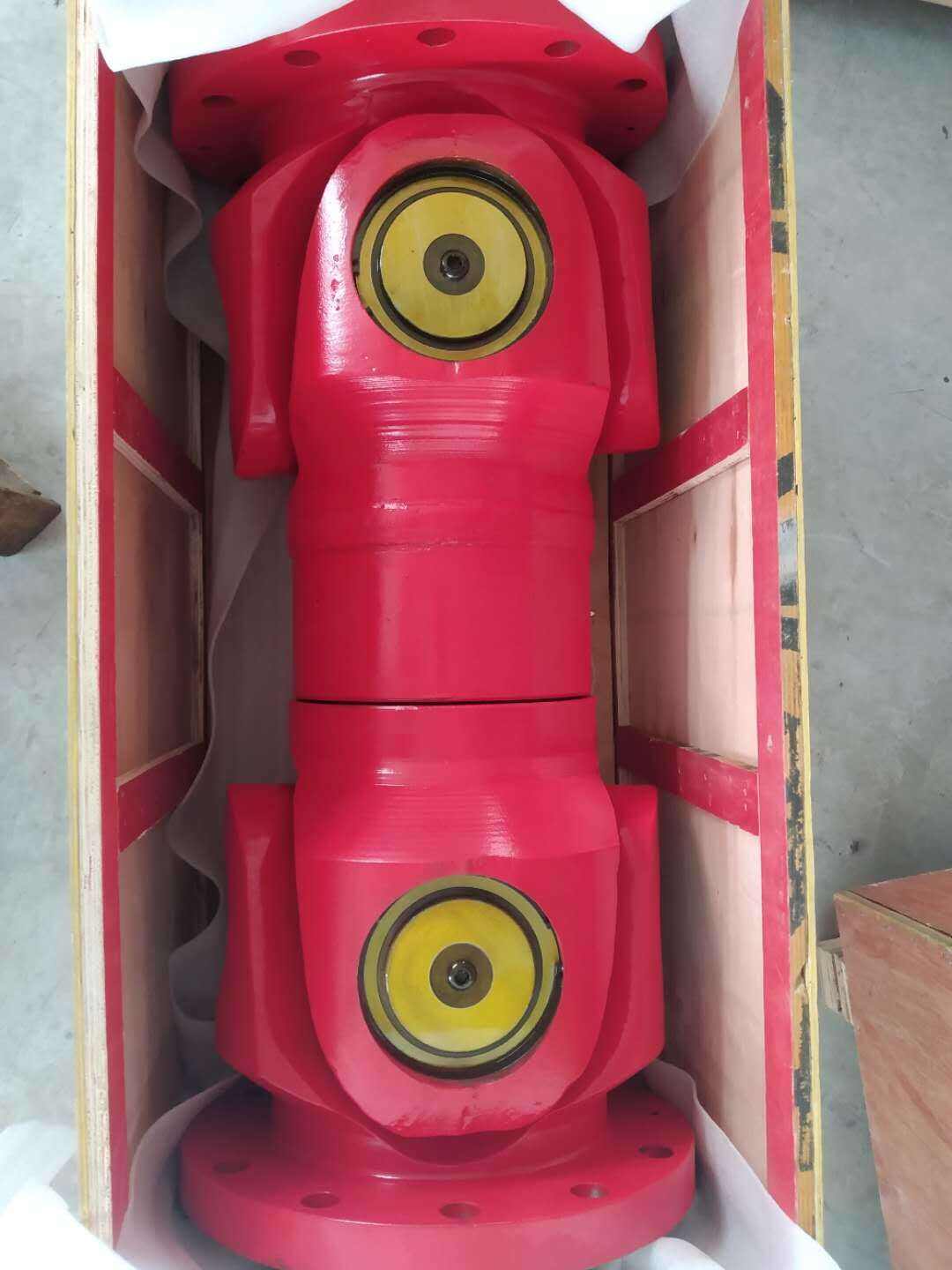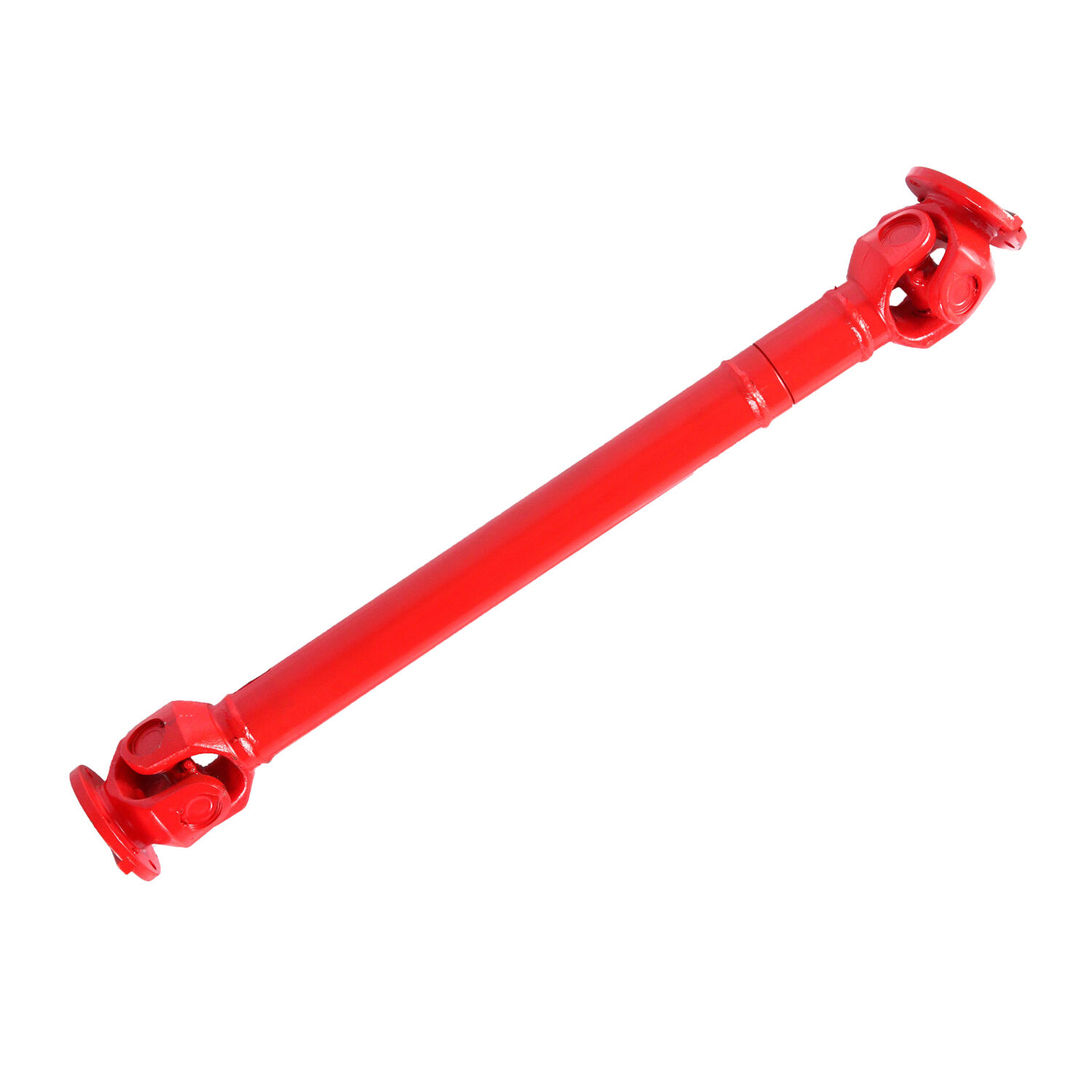double cardan steering joint
The double cardan steering joint represents a sophisticated mechanical component designed to transmit rotary motion and torque across misaligned shafts while maintaining constant angular velocity. This joint consists of two universal joints connected by an intermediate shaft, forming a precise geometric configuration that eliminates the speed fluctuations typically associated with single universal joints. Operating through a complex arrangement of bearings, yokes, and crosses, the double cardan joint enables smooth power transmission even at significant angular displacements, typically up to 40 degrees. Its primary function revolves around maintaining consistent rotational speed between input and output shafts, particularly crucial in steering systems where uniform motion is essential. The joint's design incorporates precision-engineered components that work in harmony to distribute forces evenly, reducing wear and extending operational lifespan. In automotive applications, these joints are commonly found in steering columns, where they facilitate the necessary angular movement between the steering wheel and the steering gear while ensuring precise control and feedback. The technology also finds extensive use in industrial machinery, agricultural equipment, and marine applications where power must be transmitted through varying angles while maintaining operational smoothness.


